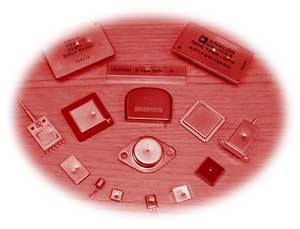 |
Home | > | Residual Gas Analysis ( RGA ) |
 |
 |
Home | > | Residual Gas Analysis ( RGA ) |
 |
|
Our mass spectrometer measures the volatile species and molecular fractions up to mass 140 and can therefore identify all of the gaseous species normally present in air along with residues from solvents, leak test freon fluids and volatiles from substrate die attach mats or internal components. Sensitivities measured from standard gas mixtures allow us to provide a quantitative measurement of many of the volatile species down to a level of typically 100 parts per million .
Our RGA equipment tests small samples internally and can therefore
test samples with large glass windows, as there is no need to seal
on to the top face of the sample. The same equipment can also be
used to directly measure outgassing organic volatiles from piece
parts. This has proved particularly useful when optimizing the cure
and bake of UV and thermally curing resins and a substrates attach
material.
|

Typical samples examined using Residual Gas Analysis |
|
|
|